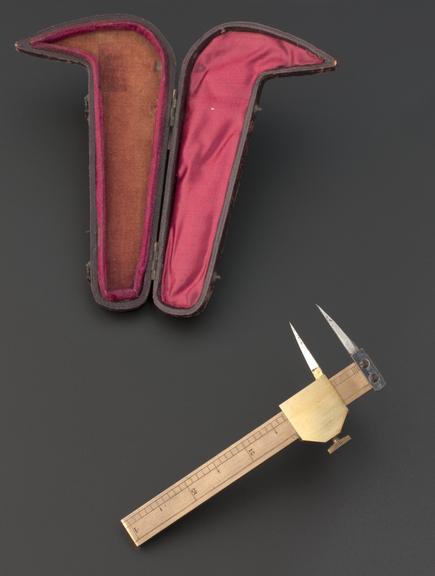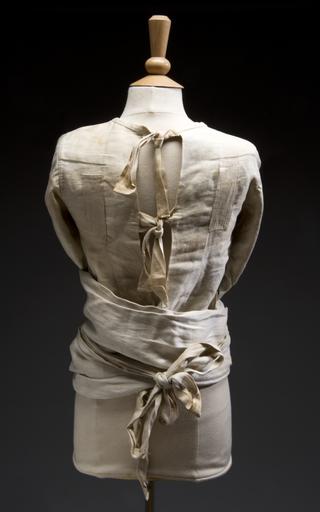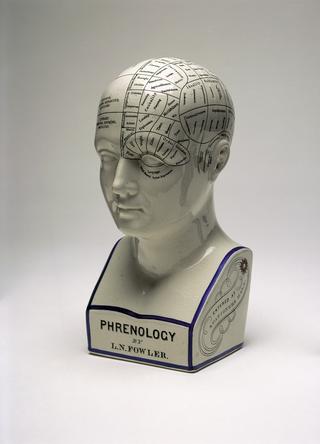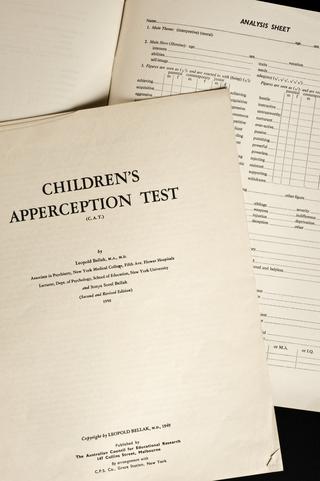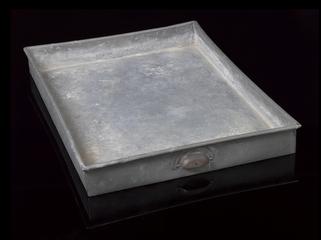
Aesthesiometer, Sieveking, brass and nickel
Aesthesiometer, Sieveking, brass and nickel, from Parkes Weber collection, by Becker of London, 19th century
More
Skin sensitivity is tested, particularly in relation to touch, by an aesthesiometer. The instrument has a number of designs. This example is one of the simplest. It measures how far a patient could discriminate between two points on the skin. It is inscribed with the name of English physician Sir Edward Henry Sieveking (1816-1904). He invented this type of aesthesiometer in 1856. Sieveking was physician to Queen Victoria from 1873 onwards. He was knighted for his services aged 70.
The object is from the collection of physician Frederick Parkes Weber (1863-1962). He wrote widely on dermatology (the study of the skin) and pathology. He also amassed a large coin collection, which is now at the British Museum. This instrument was made by F. E. Becker and Company of London. It is made from brass and nickel and has its original leather case.
- Measurements:
-
overall: 9 mm x 108 mm x 48 mm, 0.0642 kg
- Object Number:
- A606063/1
- type:
- aesthesiometer
- Image ©
- The Board of Trustees of the Science Museum
